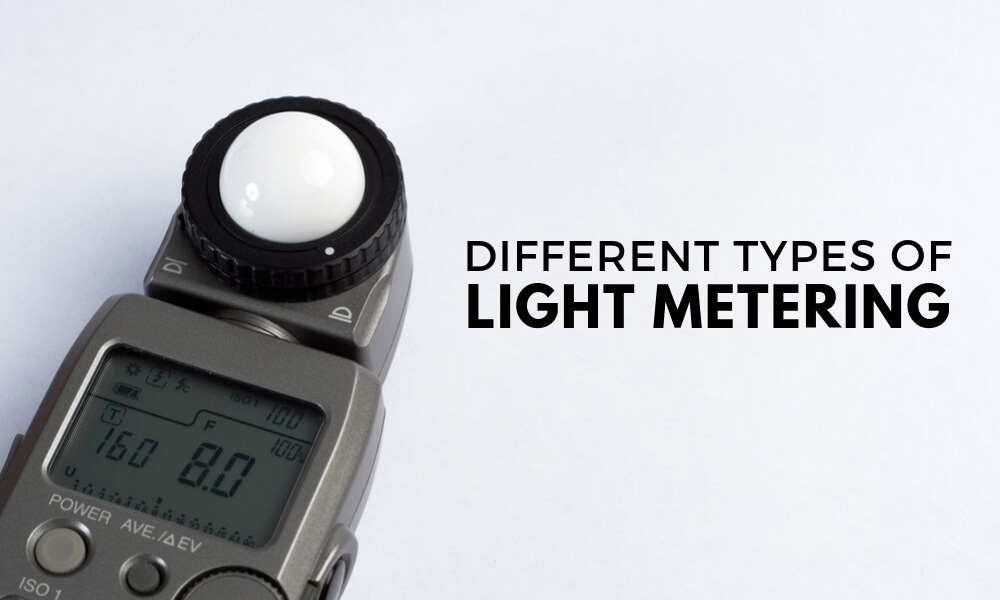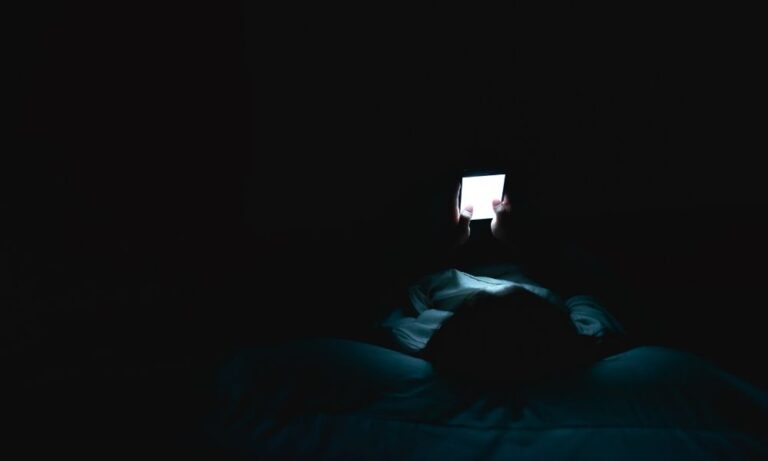We rarely stop to think about the important role light plays in our day-to-day lives. Lighting is especially important to photographers, who constantly have to consider how the lighting will affect the images they’re trying to capture. Since light is such a big part of what they do, photographers must also know about the different tools that help measure light. Below we provide a description of both types of light metering, along with a note on the importance of light meter calibration.
There are two different types of light meters—incident and reflective. Incident light meters read the light that falls directly on a subject rather than on the light that surrounds it, so it’s best if the photographer points the camera at the object directly. Incident light meters are very accurate because they don’t pick up light from other reflective sources or backgrounds.
Reflective light meters, on the other hand, deal with the environmental or background light in an image. Essentially, reflected light meters take into account all of different lights coming in from the background. These light meters can help photographers focus in on an image, but they can be problematic if the photographer is dealing with a background with multiple colors and contrasts. Reflective light meters provide photographers with great shots of the entire scene rather than of an individual subject.
Both types of light metering require precise calculations. Therefore, it’s extremely important for photographers to utilize light meter calibration. The light meters in cameras don’t come in perfect shape—you must calibrate them to your camera and to the types of photos you’re hoping to capture. Light meter calibration is essential for getting the accurate shots you want. To make sure the light meter calibration is accurate, it’s best to consult a professional who’s familiar with this type of work.





